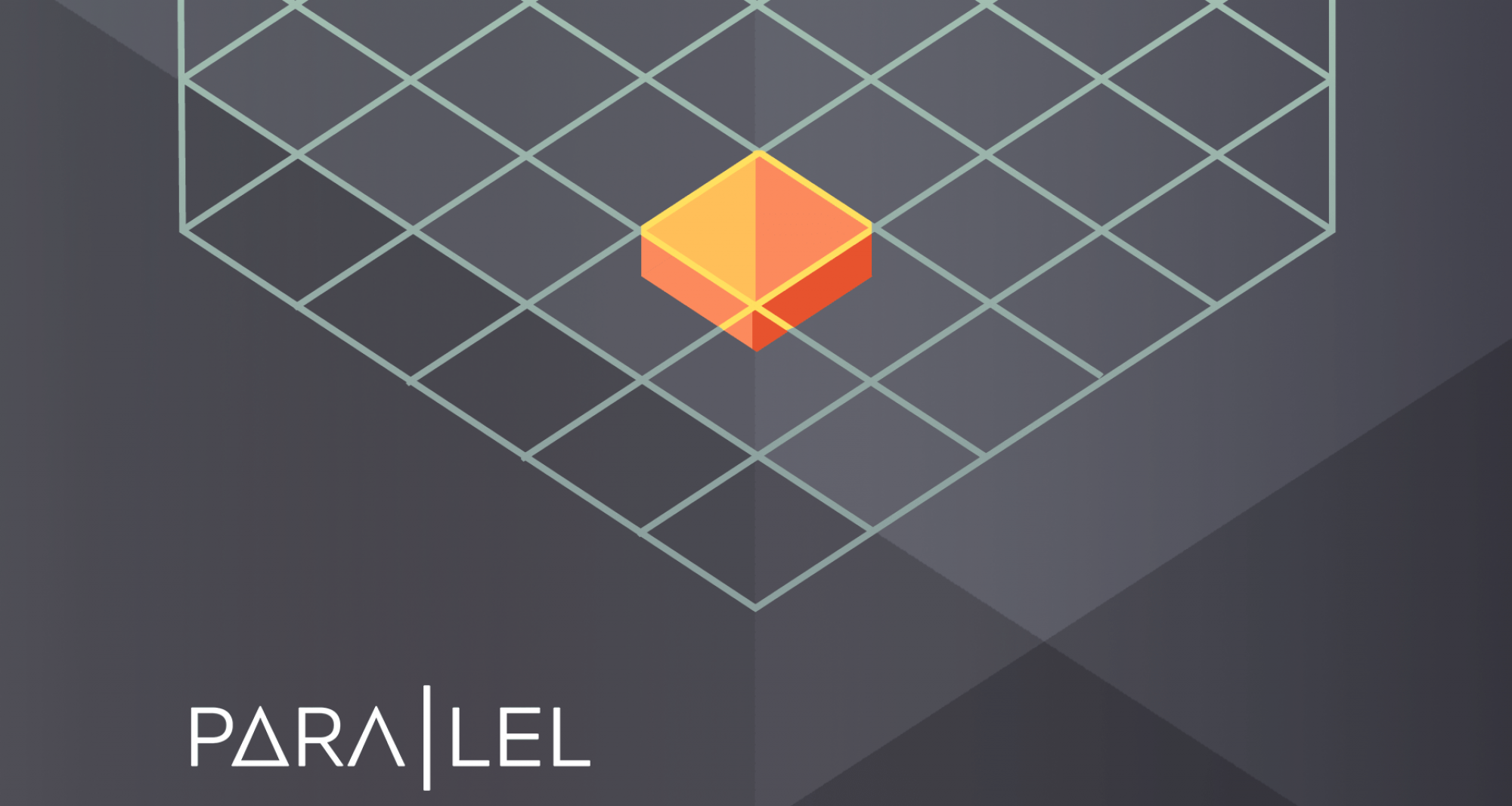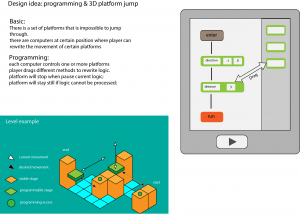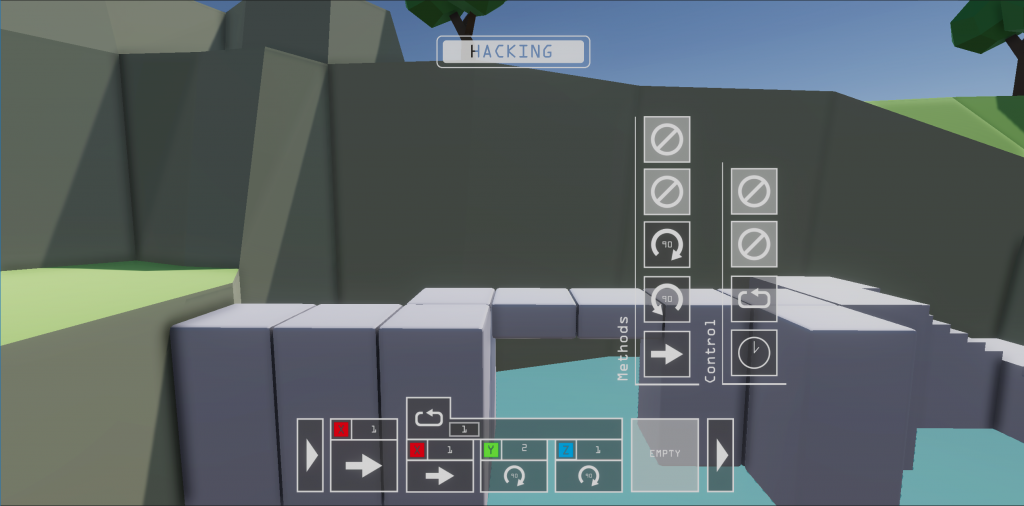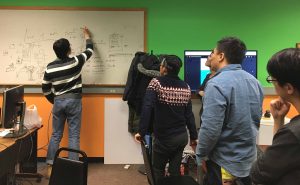Week five update:
In this fifth week of the project semester, we have been working towards getting a good progression of puzzles to begin playtesting with our core audience.
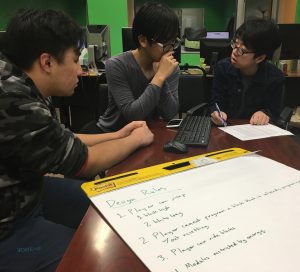
Admittedly, we ran into a few bumps along the way this week – the biggest of which was issues in the specificity of our design rules. So moving forward, we’ve written down in more detail the rules we expect to work under in designing our puzzles:
- The player can jump. One block high, and two blocks far.
- Player cannot program a block that has already been programmed (unless they reset the puzzle).
- Player can ride on blocks.
- Modules are restricted by energy.
- Move costs energy based on the arguments – 1 unit = 1 energy.
- Energy is based from puzzle to puzzle.
- No gravity for blocks and energy balls.
- Reset will set the puzzle and the player back at the beginning positions.
To go more in depth on these rules, we also worked out the specifics of the design constraints in a stand alone document.
On Thursday, Feb 22nd, we were able to get a prototype of the game that had updated UI, as well as a progression of a few puzzles. The art/environment is not in yet, but for now we wanted to see how the prototype would play like, and got it to a level of whiteboxing where we can test it.
Proceeding from here, we’ve reached out to ETC connections both internally and externally (drawing from near by schools and students who are interested in playtesting for us), to begin to put the puzzles in front of people and hopefully help us answer a lot of our design questions.
